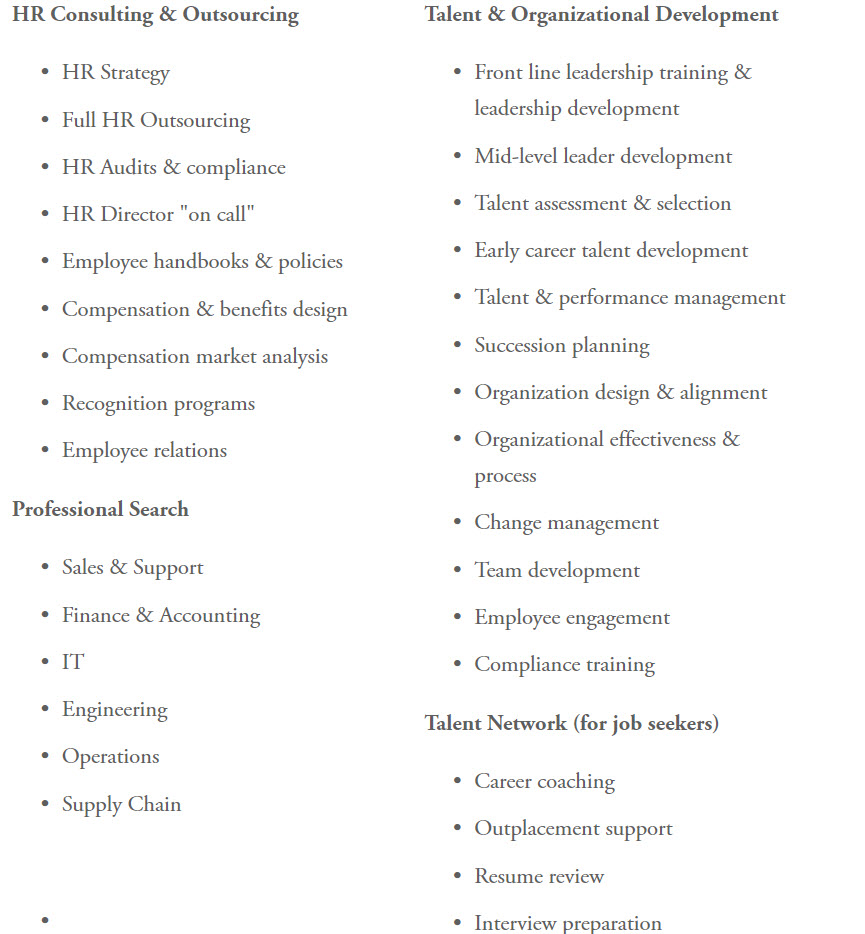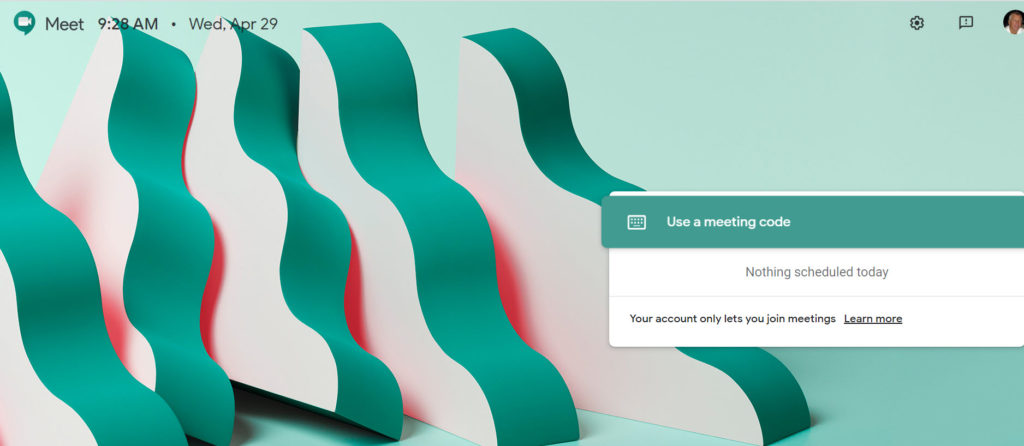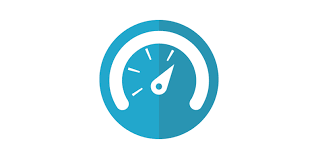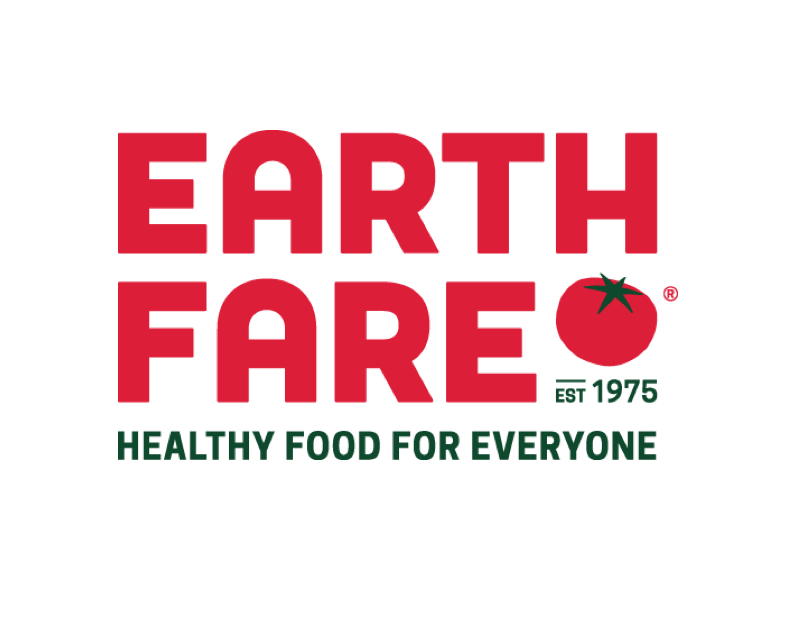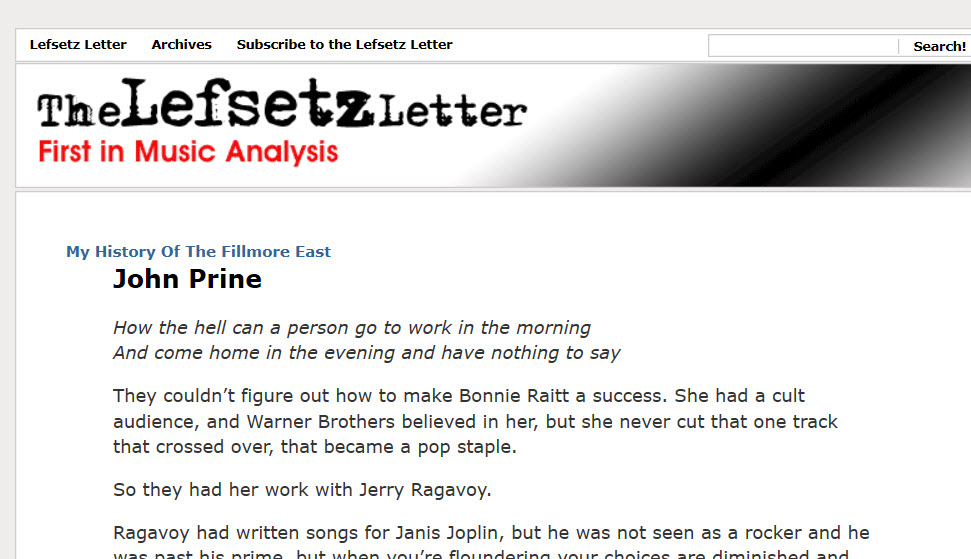Fuel For Advocates.
 Yesterday I discussed the importance of advocates as a target in your brand strategy. An advocate being someone who is a user of your brand, who loves your brand, and most importantly, who tells friends and acquaintances about your brand.
Yesterday I discussed the importance of advocates as a target in your brand strategy. An advocate being someone who is a user of your brand, who loves your brand, and most importantly, who tells friends and acquaintances about your brand.
I empahcized the importance of giving advocates “fuel” for their work. Fuel being evidence of brand superiority. Or as I like to call it proof. But proof needs to be refreshed to keep advocates excited.
(A quick refresher: at What’s The Idea? the brand strategy framework comprises “one claim and three proof planks.” Unsupported claims are hard to convey convincingly.)
The job of the brand strategist is to keep the proofs coming. Brand strategists and brand managers search for proof as miners search for gold. Painstakelingly. And refreshed proofs keep brands vibrant.
As we brand plan claim and proofs across our many targets, let’s not forget our most valuable target: the advocate. He/she/him/her/them/those are special and should move to the front of the line.
Right Cindy Gallop?
Peace.


